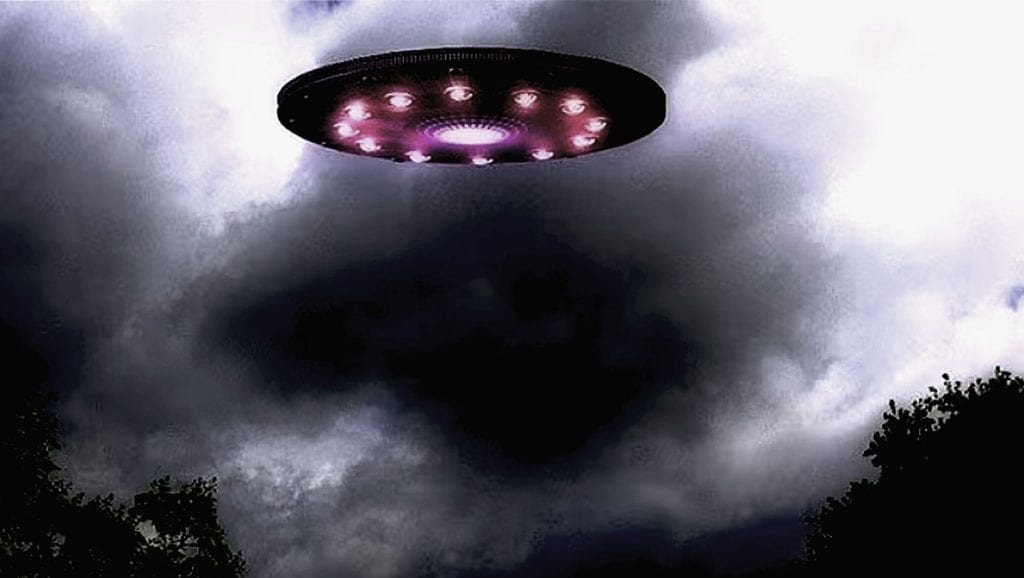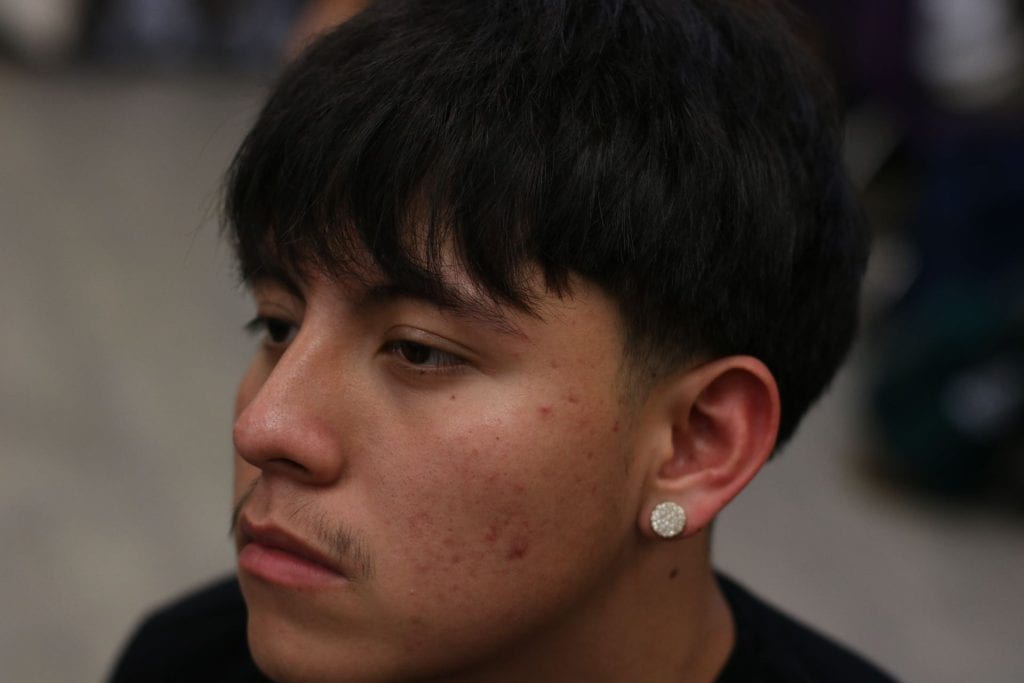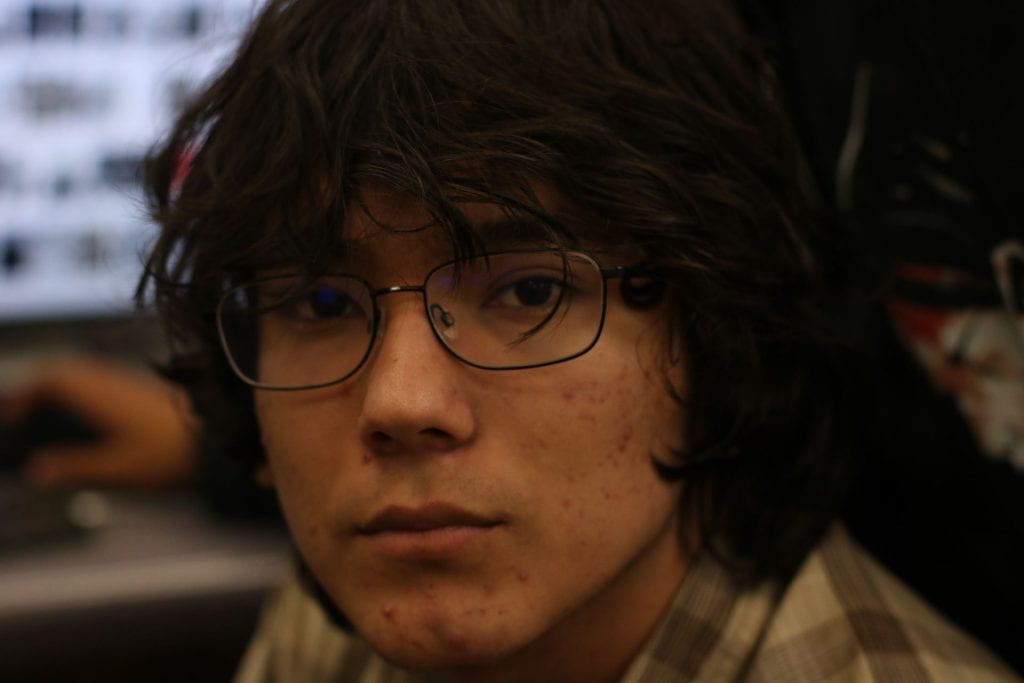hello, follow students at this school I will only give some advice for digital photo is don’t talk while the teacher is talk about your work.
Mr. Ice

movie poster

aliens are real

stickers

rolling stone mag

close up



story

joe

hello, follow students at this school I will only give some advice for digital photo is don’t talk while the teacher is talk about your work.









